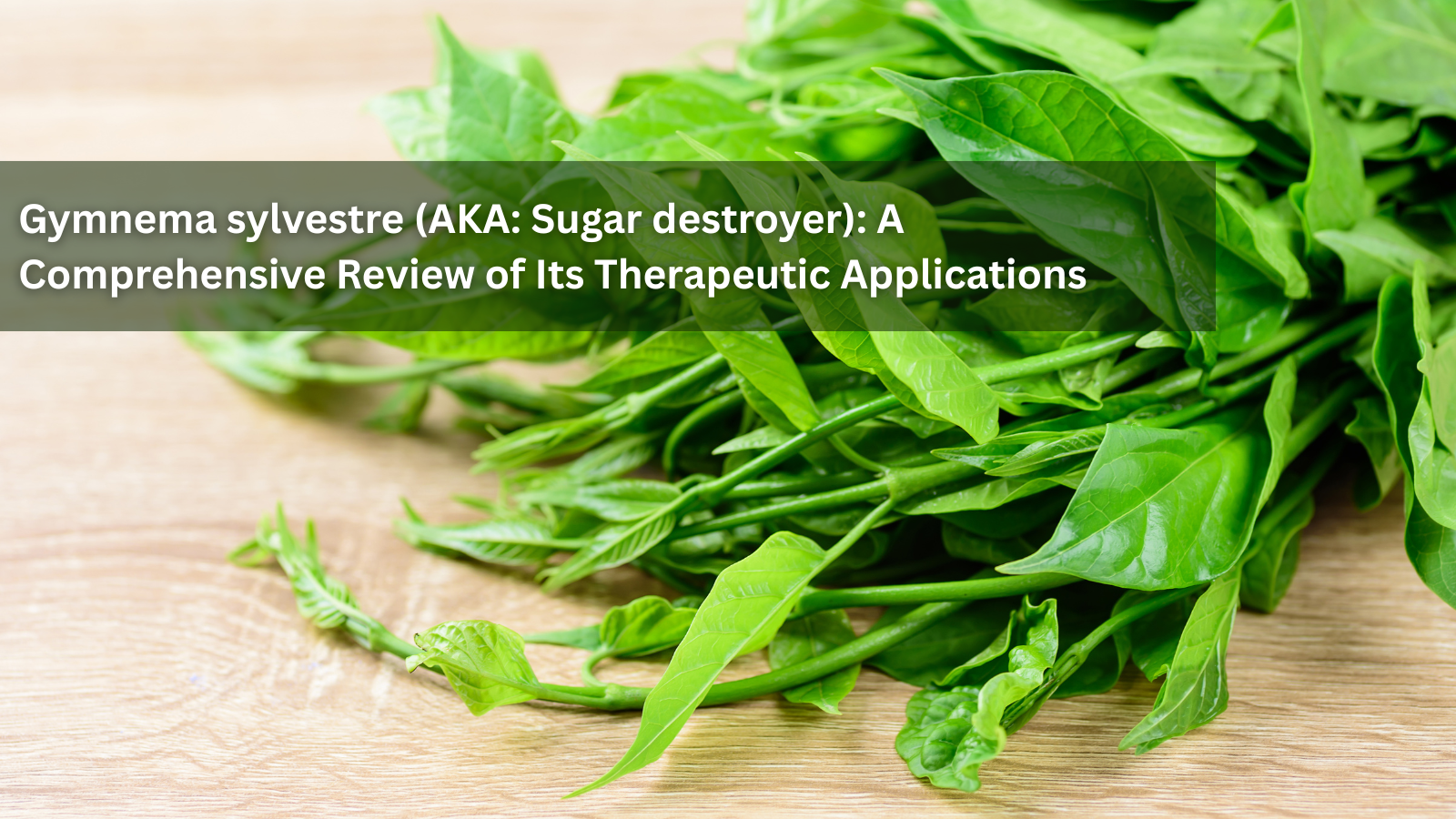Dr. Clark Warned Decades Ago About Reverse Osmosis Water: New Study Finds Hundreds of Thousands of Nanoplastic Particles

Introduction
With environmental plastic pollutants becoming an increasing risk, many people have started using reverse osmosis (RO) systems for water purification. However, recent findings suggest that RO water may not be as pristine as once believed. A groundbreaking study has revealed the presence of nanoplastics in RO water, echoing warnings issued decades ago by Dr. Clark. This blog explores these findings and what they mean for your health.
Dr. Clark's Early Warnings
Dr. Clark, a pioneer in environmental health, cautioned against the potential risks of RO water long before modern studies corroborated her concerns. She argued that while RO systems effectively remove many contaminants, they could also introduce new ones, including tiny particles that evade detection, as well as harbor pathogens if not replaced often. Her insights are proving relevant today as emerging research uncovers the hidden contents of our "purified" water, as nanoplastics have been detected in RO water.
Reverse osmosis is a popular filtration method that uses a synthetic, semi-permeable membrane to remove ions, molecules, and larger particles from drinking water. It's praised for its ability to produce water that's free from many impurities, making it a go-to choice for those seeking the purest water possible. However, its very process might be contributing to a new form of contamination. It's worth noting that some reverse osmosis membranes can filter out particles down to the 0.0001-micron level, meaning they will remove the vast majority of micro- and nano-plastics down to .1 nanometers.

(Center for International Environmental Law)
Recent Study Findings on Nanoplastics
Nevertheless, using cutting-edge laser imaging techniques, scientists have unfortunately identified nanoplastics in RO water that are far smaller than previously detectable. These particles, measuring at the nanometer scale, include a variety of plastics such as polyethylene terephthalate (PET), nylon, polystyrene, and polyvinyl chloride (PVC).
The study revealed that only 10% of the nanomaterial detected was plastic, with the remainder comprising microscopic clays, metals, and carbon residues. The presence of these particles is alarming as they can infiltrate and disrupt cellular functions, posing potential health risks.
The Source of Contamination
Interestingly, the study found that some plastics in RO water likely originated from the RO filters themselves, suggesting leaching during the filtration process. Additionally, environmental contamination of source water by aerosols from plastic plants may contribute to the presence of nanoplastics in bottled water. Columbia University invented a new way to detect nanoplastics in 2024, and found that one liter of bottled water contains over 100,000 plastic particles, most of which are nanoplastics.
Another study in 2023 used Raman Spectrometry to analyze polysterene and PET nanopastics in plastic bottled water. They detected a very high number of particles, and estimated that "annual nanoplastic consumption of human beings through bottled drinking water was also estimated to be about 1014 particles assuming water consumption of 2 L/day for adults." (Zhang, et al., 2023). That's 100 trillion plastic particles in a year's time!
Alternatives to Reverse Osmosis
Given these findings, some health-conscious consumers may want to consider alternative water filtration methods, such as:
- Activated Carbon Filters: Known for effectively removing organic compounds and chlorine, they also remove significant amounts of plastics over 5 microns in size, depending on the quality of the filter.
- Distillation: Boils water and condenses the steam, leaving contaminants behind.
- UV Water Purifiers: Use ultraviolet light to sanitize water and kill bacteria and viruses.
- Ceramic Water Filters: Provide a physical barrier to contaminants.
Each method has its pros and cons, but they offer different approaches to ensuring water safety without the drawbacks of RO systems.
Practical Tips for Ensuring Water Quality
To ensure the quality of your drinking water, consider the following tips:
- Get Your Water Tested: Regular testing can help identify contaminants specific to your water supply.
- Maintain Your Filtration System: Regular maintenance of any filtration system is crucial to prevent contamination.
- Consider Combining Methods: Using multiple filtration methods can enhance water purity.
- Stay Informed: Keep abreast of the latest research and recommendations regarding water safety.
Conclusion
The presence of nanoplastics in RO water is a wake-up call for all who prioritize health and wellness. By exploring alternative filtration methods, or buying an improved RO filter that goes down to the smallest size particle, you can make informed choices that align with your health-conscious lifestyle. At DCS, we are preparing to offer distilled water to local customers, and will be lab testing a variety of bottle water brands to see which are most polluted with micro and nanoplastics. If you have a favorite brand you would like tested, please list in the comments below!
Sources
https://www.pnas.org/doi/10.1073/pnas.2300582121
Zhang et al, 2023. https://pubs.acs.org/doi/10.1021/acs.est.3c00842
8 comments

October 26, 2025
Top 7 Health Benefits of Butterfly Pea Flower Tea
Butterfly pea flower tea, derived from Clitoria ternatea, is a vibrant, caffeine-free herbal beverage celebrated for its striking blue hue and array of potential health benefits. Traditionally consumed in Southeast Asia, this tea has ga...
Read more
October 26, 2025
What is the Sugar-Stopper Herb Gymnema sylvestre? A Comprehensive Review of Its Phytochemicals and Therapeutic Applications
Abstract Gymnema sylvestre (Retz.) R.Br. ex Sm., a perennial woody climber indigenous to tropical and subtropical regions, has been utilized extensively in traditional Ayurvedic medicine for centuries. This review examines the phytochem...
Read more
October 26, 2025
How Tributyrin Repairs Antibiotic-Damaged Gut Microbiomes
Antibiotics save lives, but they come with a hidden cost: the destruction of our gut microbiome. While these powerful medications eliminate harmful bacteria, they also devastate the beneficial microorganisms that keep our digestive syste...
Read more




Nick: Thank you for your insights and I believe you are definitely on to something regarding the force used to push water through the membraneandthetype of membrane. We’ll post a 2nd article following up on this one including new research on filters.
We recommend just getting spring water, bottled in glass, at the source, which will contain no micro or nanoplastics. Distilled water should be also consumed to some extent, because it will have the least amount of contaminants, including nanoplastics, and will also be much more hydrating in the short term, or long term if you add electrolytes.
Toni: Yes, most alklaine filters can cause kidney issues because they primarily use calcium to make the water more alkaline, but they should really be using magneisum filters to add minerals back to the water, and half as much calcium. You can usually add these and take out the calcium containing medium.
Laurel: That filter, like Tony’s likely also had, uses a calcium medium to filter the water, which adds another source of free, ionic calcium that can get places in the body and accumulate where it otherwise would not have given proper combination with other minerals or food. You can replace that alkalinizer with a magnesium carbonate alkalinizer filter.
Please test Ozarka Texas Spring water in both the 3 liter size and the 16.9oz sizes that come in 24 packs. Also I’ve heard that there is a newer kind of R.O. membrane that may be better, more or similar in the possible release of nano-plastics. The old type of membrane is called a TFC or thin film composite membrane I believe. Perhaps there is some company out there aware of this issue that has created a newer type of R.O. membrane that does not release nano-plastics. It’s truly not acceptable that they should. And a post carbon filter of GAC (granulated carbon) most likely would not work to pull that out. However the speed of water traveling through it is usually pretty low for residential grade R.O. filters as compared to commercial which are designed for much higher faster output possibly using a high pressure pump to force water through which could be a major culprit. However a block carbon post carbon filter may probably work better. I’m not sure. Maybe this slow sand filter or post UF (ultra-fine filter) would work or a post-ceramic filter but how fine would it need to be? The ones that are made for hikers and campling that filter down to a sub-micron level could possibly work, but by how well? Testing and proof needs to be given/shown. But this is all so messed up. I’ve been drinking bottled water for decades and I am truly HORRIFIED to learn of this topic and how my system is likely chock full of micro and nano???-plastics at this point!?!?!? I’m sorry tbut that is just INSANE! It scares me and makes me very angry! I’ve been trying to avoid sea salt to avoid ocean-borne nano-plastics that can carry pollution from the ocean but now come to realize my system is likely already full of this S*** ?!? And we are PAYING out the NOSE for “fancy” bottled waters we are presuming to be “healthy”?!?! When in fact due to this micro and nano-plastic issue we are literally being sold a bill of lies and possibly seriously and unwittingly compromising our health?!?! We are being deceived and swindled over this!!! We are all LITERALLY guinea pigs in this insane experiment of massive pollution of all kinds on this planet that was once so clean and pure and pristine, a virtual true Garden of Eden compared to what man has turned it into in the past 100 years alone. It’s just insane. Yeshua please return to this world and save us! Save this planet! Save the children! Save the animals! They did nothing to deserve this! Save our oceans and the air we breathe – our atmosphere! Save our forests! Take down the evil corporations! Give us safe clean energy and help us end the scourge of nuclear waste and the chemical and plastic poisoning of all living beings! It’s not fair! Help us Lord Jesus Christ!
Please..what is the best water filter?
Thank you
Which is better, distilled water or Dasani water?
if you can tel me where can I fine or what brand is a best RO system or do you sale RO systems. thank you for your help.
Leave a comment